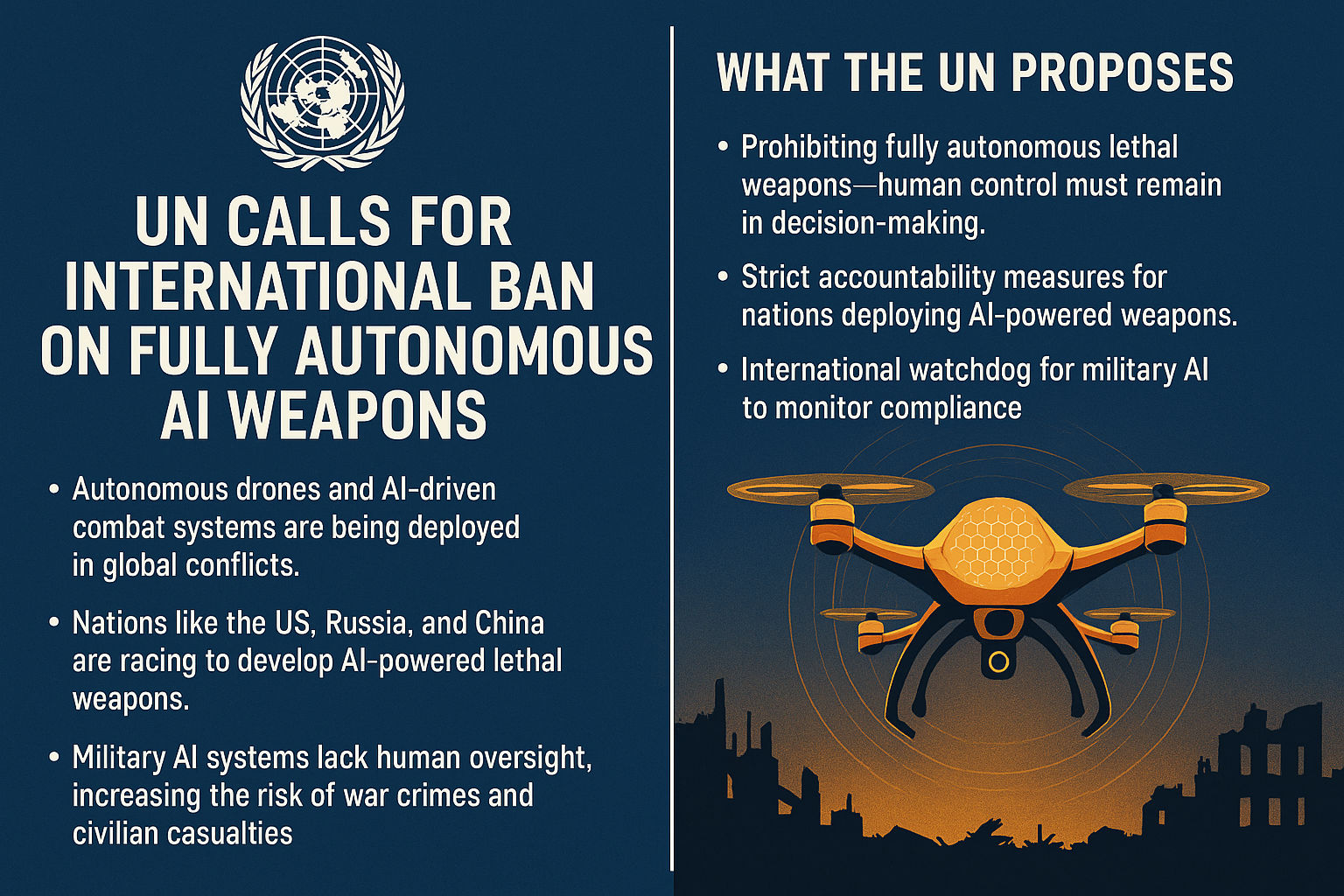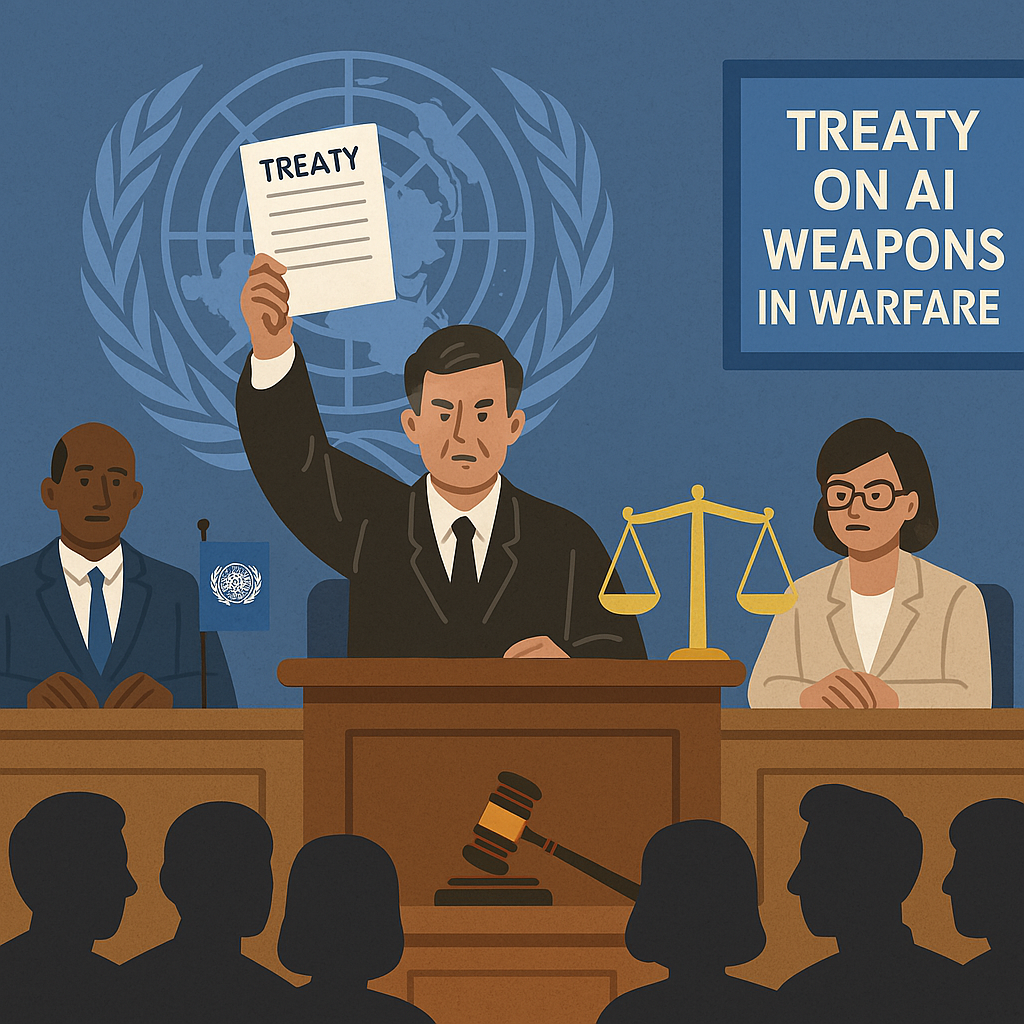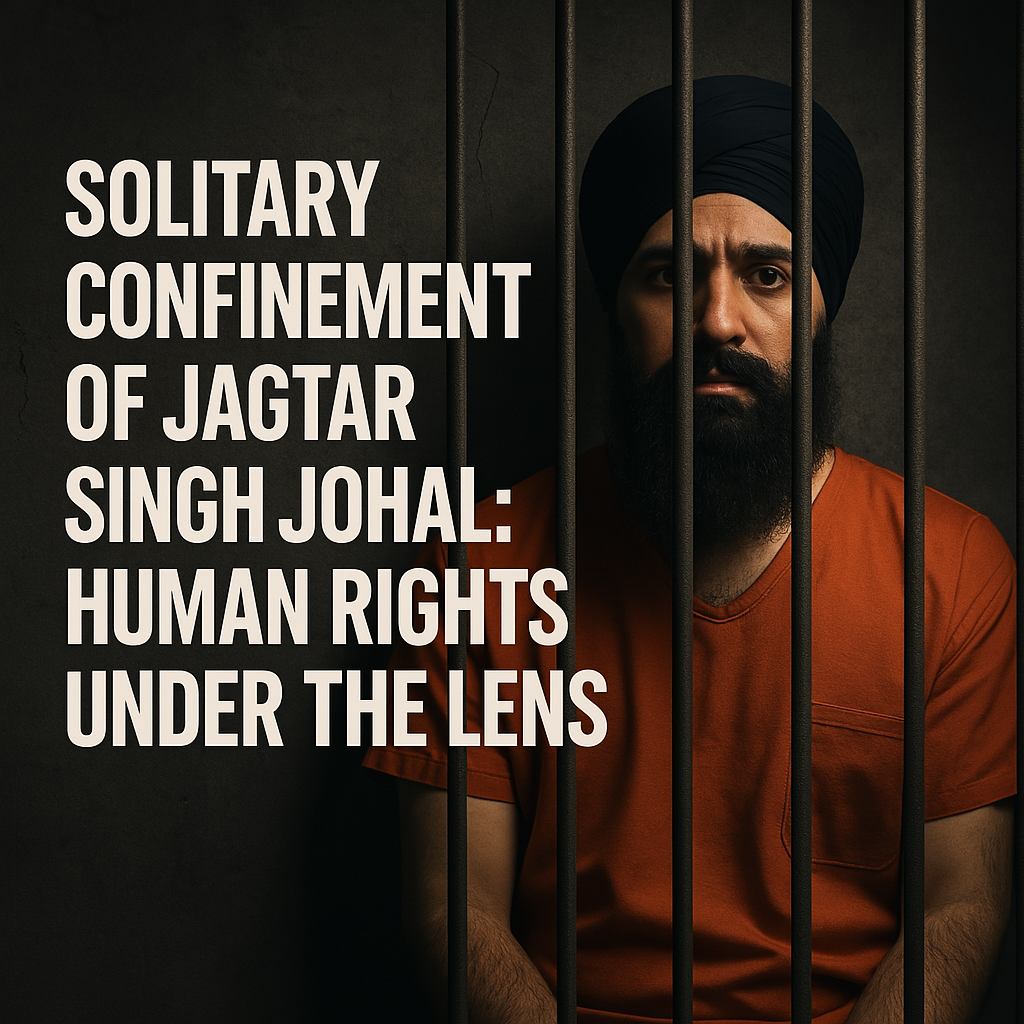Negotiation under international law
🔹 Negotiation under International Law
Negotiation is the most fundamental and widely used method of peaceful dispute resolution under international law. It involves direct discussions between parties—typically sovereign states—to resolve differences without third-party intervention.
📌 Definition
Negotiation is a voluntary process where two or more parties communicate directly to reach a mutually acceptable agreement on a dispute or legal issue.
📜 Legal Basis
Negotiation is recognized in key instruments of international law:
Article 33(1) of the UN Charter:
Parties to any dispute likely to endanger international peace and security shall seek a solution, first of all, by negotiation, enquiry, mediation, conciliation, arbitration, judicial settlement...
Customary international law: Emphasizes peaceful resolution of disputes through negotiation as a preferred initial step.
🔍 Key Characteristics
| Feature | Description |
|---|---|
| Voluntary | States cannot be forced to negotiate unless bound by treaty obligations. |
| Flexible | No strict procedural rules—states decide the format, venue, and agenda. |
| Confidential | Often private, allowing candid discussions without political pressure. |
| Diplomatic in nature | Usually conducted through foreign ministries, ambassadors, or special envoys. |
| Non-binding | Results of negotiation are only binding if they result in a formal agreement (e.g., treaty). |
🛠️ Types of Negotiation
Bilateral – Between two states (e.g., border disputes).
Multilateral – Among several states (e.g., climate change treaties).
Preventive – To avoid escalation of tensions.
Crisis Negotiation – During or after a conflict.
🧩 Stages of Negotiation
Preparation – Fact-finding, legal and strategic planning.
Initial Contact – Agreeing to negotiate, setting terms.
Exchange of Views – Presenting positions and interests.
Bargaining – Making concessions and seeking compromises.
Agreement – Formalizing consensus, often in treaty form.
Implementation – Monitoring and enforcement (if applicable).
🧠 Examples in Practice
Camp David Accords (1978) – Egypt and Israel negotiated peace with US mediation.
Iran Nuclear Deal (JCPOA, 2015) – Multilateral negotiation with Iran over its nuclear program.
North Korea–South Korea Talks – Intermittent bilateral negotiations to manage military tensions.
Brexit Negotiations – UK and EU negotiated terms of withdrawal from the EU.
✅ Advantages
Preserves sovereignty – No third-party judgment or binding orders.
Cost-effective – Less formal and cheaper than litigation or arbitration.
Flexible and adaptable – Can evolve to address dynamic issues.
Fosters cooperation – Builds diplomatic relationships and trust.
⚠️ Limitations
May stall – One party may use negotiations to delay or avoid resolution.
Power imbalance – Stronger states may dominate.
Lack of enforcement – No binding outcome unless formalized.
Failure risk – If positions are too entrenched, negotiation may break down.
🔄 Negotiation vs. Other Peaceful Means
| Method | Involves Third Party? | Binding Outcome? | Common Use |
|---|---|---|---|
| Negotiation | ❌ No | ❌ No (unless formalized) | First step in most disputes |
| Mediation | ✅ Yes (facilitator) | ❌ No | When negotiation stalls |
| Arbitration | ✅ Yes (arbitrators) | ✅ Yes | Legal disputes |
| Judicial settlement | ✅ Yes (e.g., ICJ) | ✅ Yes | Complex legal cases |
🧾 Conclusion
Negotiation is a cornerstone of international law and diplomacy. It reflects the principle of sovereign equality and the international community's preference for peaceful dispute resolution. While its success depends on the goodwill and flexibility of the parties, it remains the first and most accessible step in resolving disputes.


























0 comments